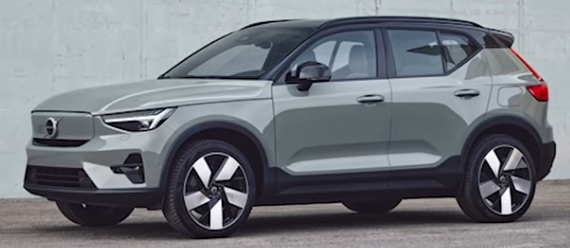While most of the talk is about the Tesla Class 8 semi, there are lots of other players from Mercedes to Volvo involved. Where Tesla is ahead of the competition is in range — up to 800 kilometers on a single charge.
Tests by Pepsi are showing energy usage of typically around one kilowatt hour per kilometer in real world usage. Mercedes asserted this “violated the laws of physics” but, clearly, it does not. Regenerative breaking, slowing the vehicle down by using excess energy to recharge the batteries is a big player here. I typical ICE truck wastes a lot of energy slowing down but a truck with regenerative breaking just puts that energy back into the batteries.
Tesla’s “trick” is that the drivetrain for one axle is designed for acceleration and the drivetrain of the other is designed for cruising. This allows the truck to far exceed the performance of a typical diesel truck accelerating and climbing hills yet being very efficient a maintaining cruise performance. And, excess energy when decelerating or traveling down hills puts energy back into the batteries. This dual drive system is likely the reason Mercedes felt Tesla’s efficiency numbers were impossible. But, now that they seem to be validated, the non-Tesla Class 8 truck manufacturers are diligently working on improved efficiency.
Some say even the 800 kilometer per charge range isn’t enough. In many jurisdictions there is a limit to the number of hours a commercial truck can be driven before a break is required. As charging speeds increase it has become easy to top up the vehicle battery while the driver takes a break. Some will say that there is not sufficient charging infrastructure but installing it for long-haul Class 8 trucks is not all that complicated. Most of this long-haul travel will be on main highways so available chargers don’t need to be “everywhere”.
For the rest of you on the road, what does this mean:
- No clouds of diesel exhaust around you, particularly when trucks are climbing hills or accelerating.
- Far less “slow trucks” on the highways
- Greater safety as regenerative braking pretty much eliminates the chance of a run-away truck due to brake fade.




One thought on “Trucking Transition to Electric”